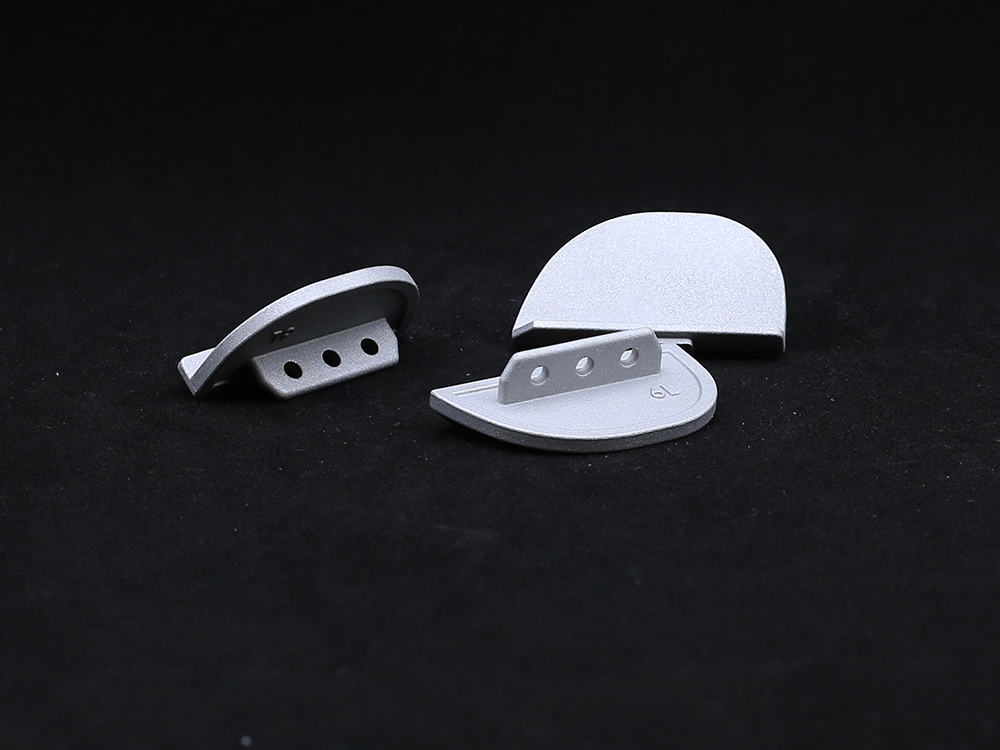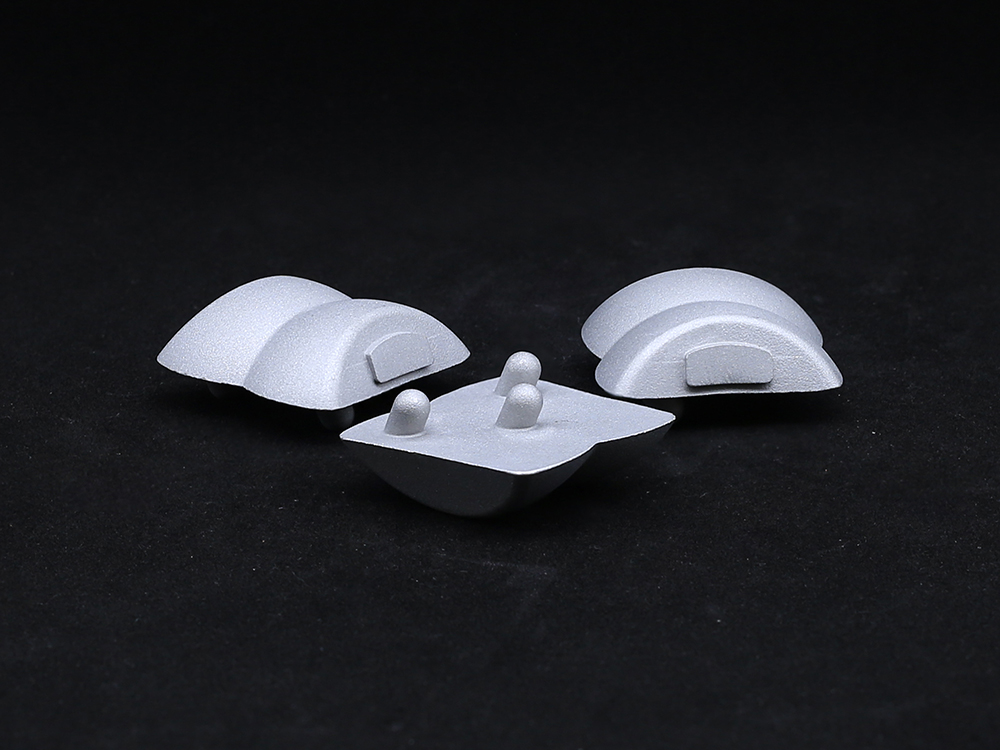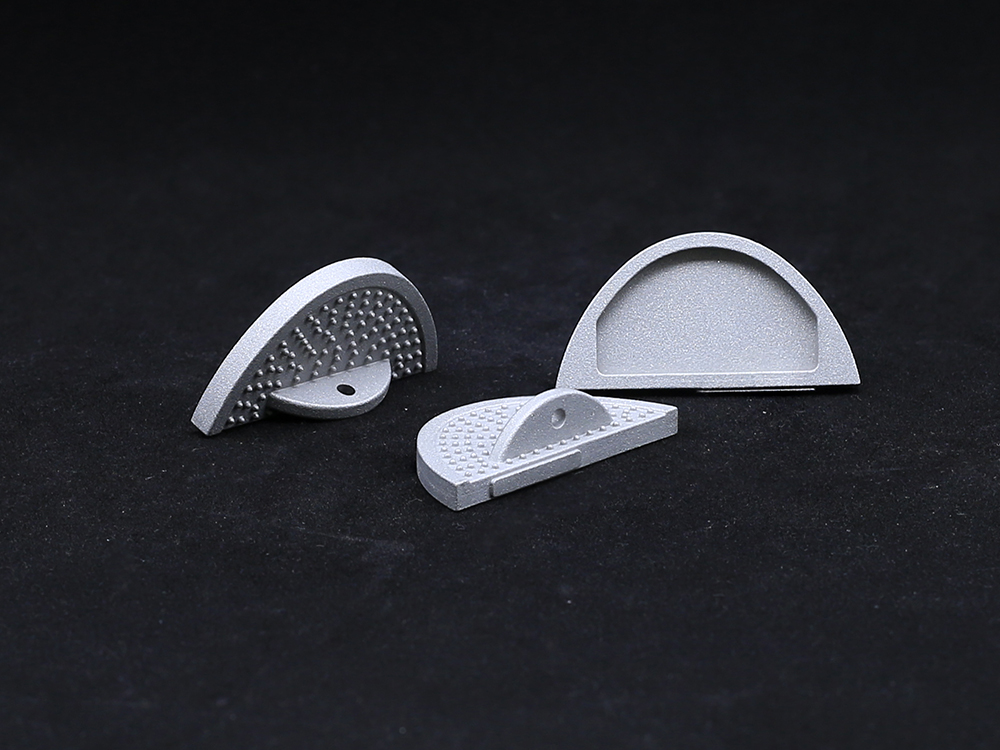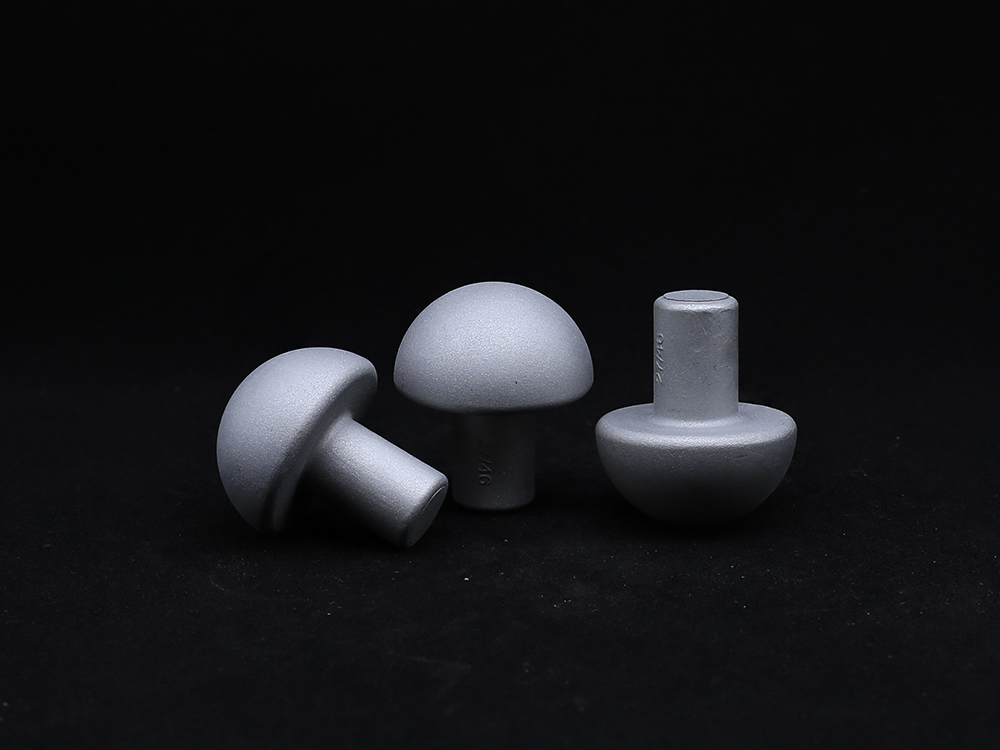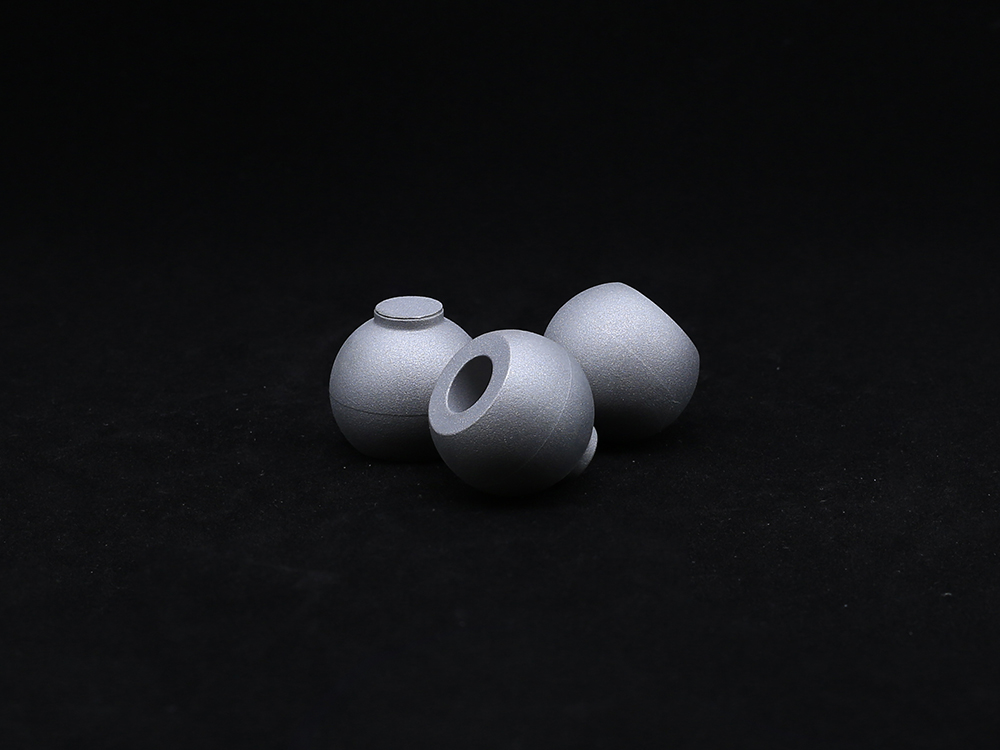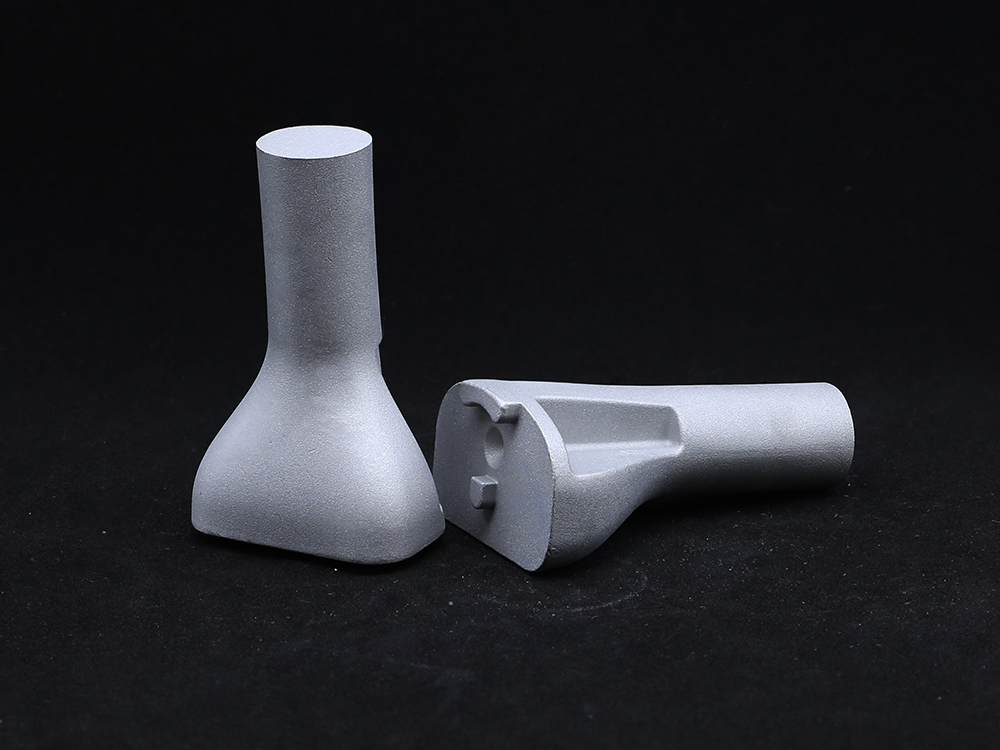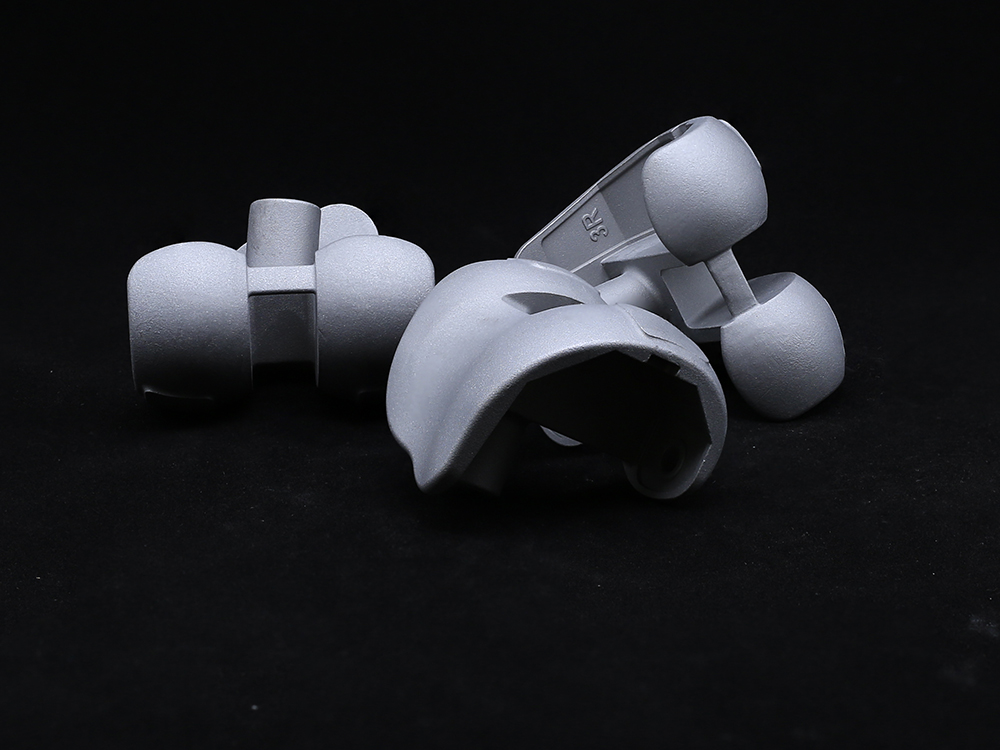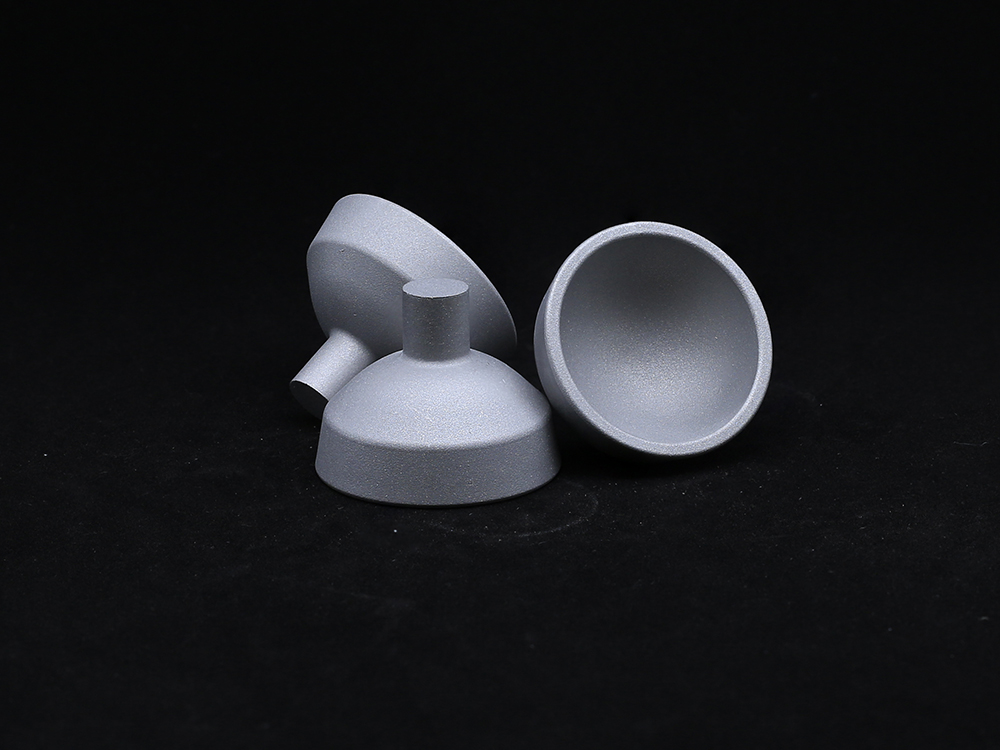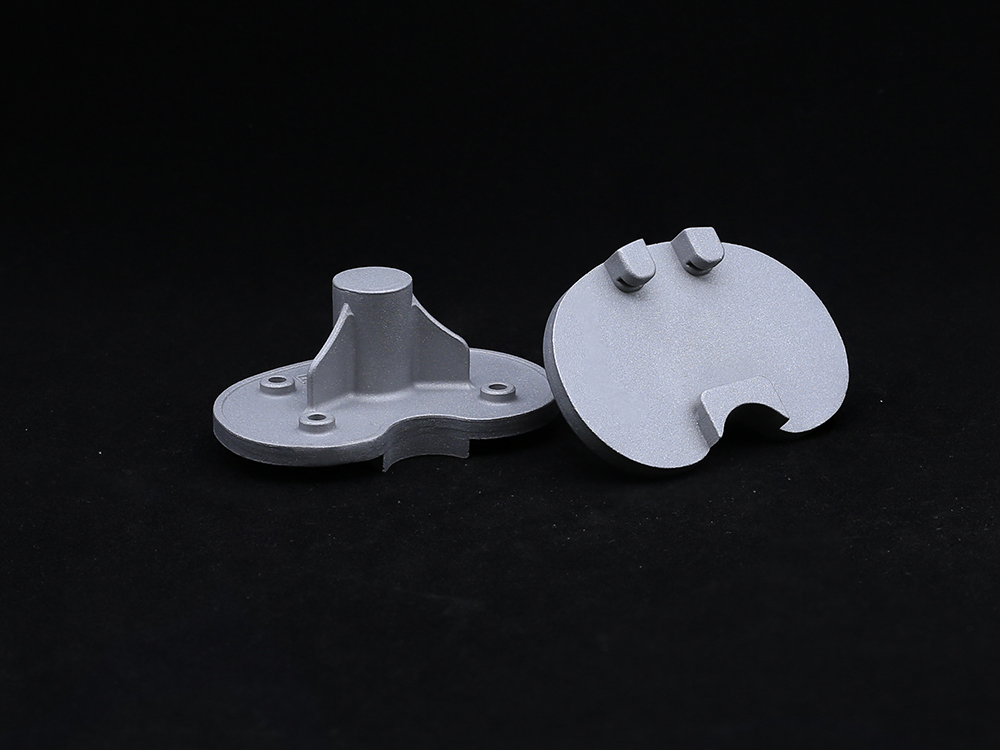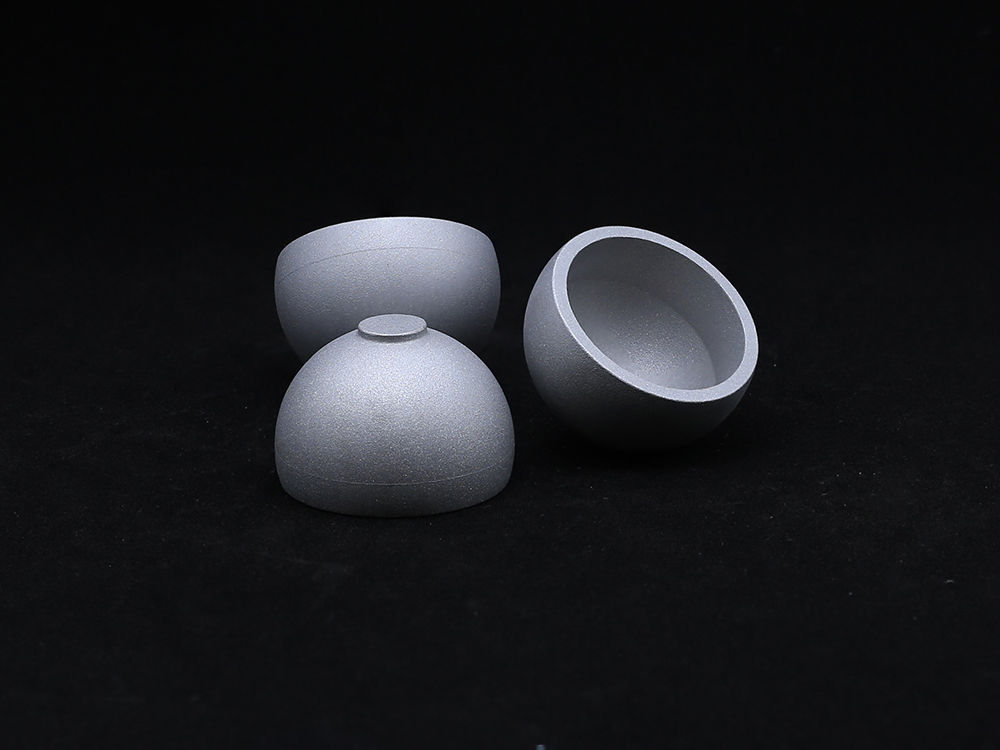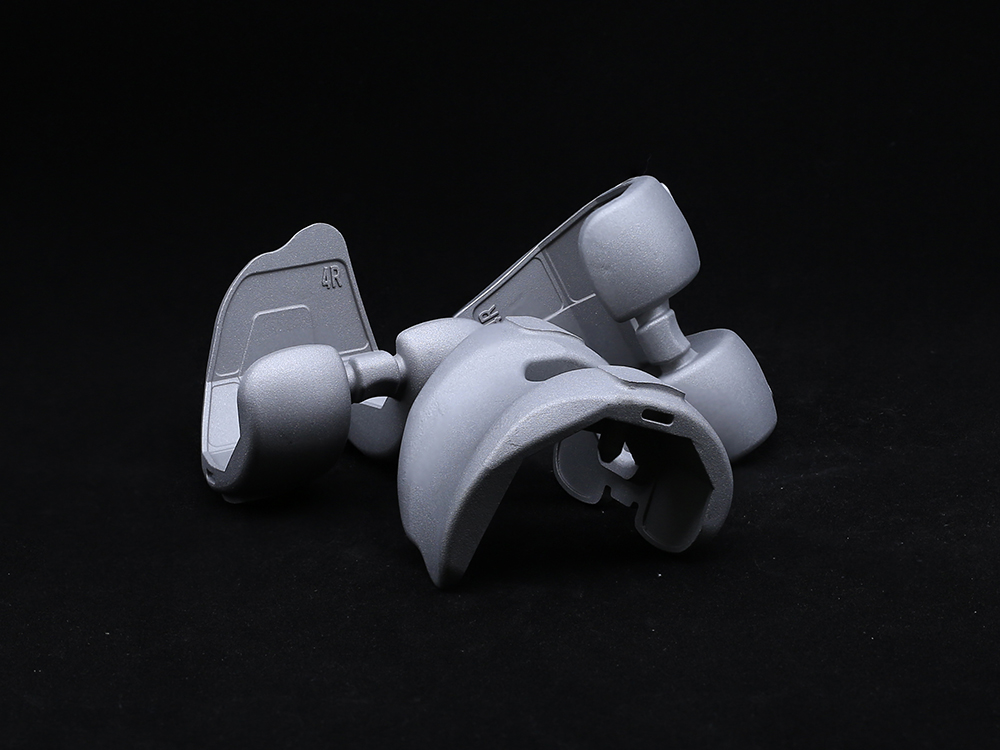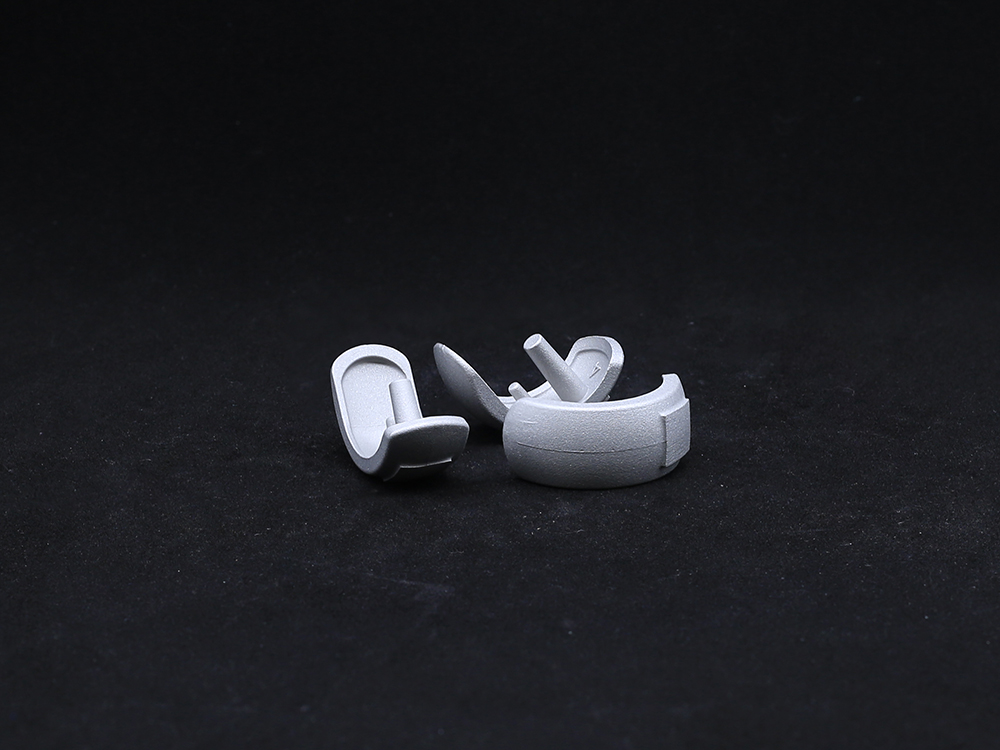Comprehensive Overview of Left Hip Replacement
The left hip replacement procedure has revolutionized the treatment of hip joint diseases, offering patients a new lease on life by alleviating pain and restoring mobility. This surgical intervention involves replacing the damaged or worn-out components of the hip joint with artificial implants designed to mimic natural anatomy and function.
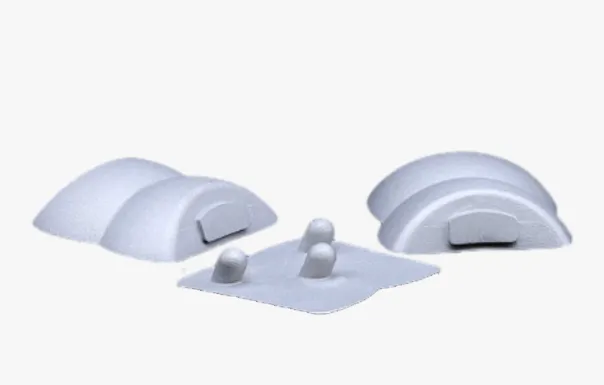
In a typical left hip replacement, the surgeon removes the diseased femoral head and acetabulum (hip socket) and replaces them with a left hip prosthesis composed of durable materials such as titanium, ceramic, or polyethylene. This prosthesis is engineered to endure the stresses of daily activities while providing smooth, pain-free movement.
Indications for left hip replacement include severe osteoarthritis, rheumatoid arthritis, avascular necrosis, fractures, and congenital hip deformities that compromise function and quality of life. The procedure is highly effective in reducing pain, improving joint stability, and increasing range of motion.
Postoperative recovery has advanced significantly, with modern minimally invasive techniques reducing hospital stays and accelerating rehabilitation. Physical therapy and personalized care are critical to achieving optimal outcomes following a left hip replacement.
Left Hip Hemiarthroplasty: A Targeted Solution for Specific Hip Injuries
Left hip hemiarthroplasty is a surgical procedure that replaces only the femoral head while preserving the patient’s natural acetabulum. This approach is often preferred in cases of femoral neck fractures, particularly in elderly patients or those with limited pre-existing arthritis.
Unlike total hip replacement, left hip hemiarthroplasty involves implanting a prosthetic femoral head onto the existing femoral shaft, using a stem securely fixed inside the bone. This technique reduces surgical time and complexity, offering a quicker recovery while maintaining adequate hip function.
Though less comprehensive than total replacement, left hip hemiarthroplasty provides significant pain relief and improved mobility for suitable candidates. The choice between hemiarthroplasty and total hip replacement depends on patient factors such as bone quality, activity level, and the presence of joint degeneration.
Surgeons carefully evaluate each case to recommend the most appropriate intervention, ensuring personalized treatment and optimal results.
Choosing the Right Left Hip Prosthesis: Materials, Design, and Longevity
The success of any hip replacement surgery largely depends on the quality and suitability of the left hip prosthesis used. Modern prostheses are designed to replicate the biomechanical properties of the natural hip joint while maximizing durability and biocompatibility.
Common materials for left hip prosthesis include titanium alloys, which offer excellent strength-to-weight ratio and corrosion resistance, ceramic components known for low wear rates and smooth articulation, and highly cross-linked polyethylene used in socket liners to minimize friction.
Design innovations such as modular prostheses, porous coatings for enhanced bone integration, and anatomically contoured stems allow for better implant fit and stability. These advancements help reduce complications like loosening, dislocation, and wear-induced osteolysis.
Selecting the right left hip prosthesis requires careful consideration of patient anatomy, activity level, and surgeon expertise. The goal is to provide a prosthetic joint that restores natural movement, withstands long-term mechanical stresses, and offers a lasting solution.
Left Hip Resurfacing Surgery: Preserving Bone and Enhancing Recovery
Left hip resurfacing surgery is an alternative to traditional hip replacement that focuses on preserving more of the patient’s natural bone structure. Instead of removing the entire femoral head, this procedure involves capping it with a metal prosthesis, while replacing the acetabular socket with a matching implant.
This bone-conserving approach is particularly beneficial for younger, active patients who require durable joint function and potentially easier future revision surgeries. The larger size of the resurfacing implant compared to traditional femoral heads also reduces the risk of dislocation.
Clinical outcomes have demonstrated that left hip resurfacing surgery provides excellent pain relief and functional improvement, with quicker recovery times and higher patient satisfaction rates. However, careful patient selection is critical, as this technique is not suitable for those with poor bone quality or advanced arthritis.
Surgeons employ advanced imaging and surgical planning to ensure precise implant positioning and optimal biomechanical alignment during left hip resurfacing surgery.
Left hip resurfacing surgery FAQs
What conditions are treated with left hip replacement?
Left hip replacement is primarily used to treat severe osteoarthritis, rheumatoid arthritis, avascular necrosis, traumatic fractures, and congenital deformities that impair hip function and cause chronic pain.
How does left hip hemiarthroplasty differ from total hip replacement?
Left hip hemiarthroplasty replaces only the femoral head, preserving the natural acetabulum, and is often chosen for femoral neck fractures. Total hip replacement replaces both the femoral head and acetabulum, typically used in cases of widespread joint degeneration.
What materials are commonly used in left hip prostheses?
Common materials include titanium alloys for strength and biocompatibility, ceramics for low wear and smooth articulation, and highly cross-linked polyethylene for socket liners, offering reduced friction and increased durability.
Who is a good candidate for left hip resurfacing surgery?
Younger, active patients with good bone quality and minimal joint degeneration are ideal candidates for left hip resurfacing surgery. It offers bone preservation and easier future revisions compared to total replacement.
What is the recovery process after left hip replacement surgery?
Recovery involves pain management, physical therapy to restore strength and range of motion, and gradual return to daily activities. Minimally invasive techniques have shortened hospital stays, but full recovery can take several months.
Get a Custom Solution!
Contact Us To Provide You With More Professional Services

